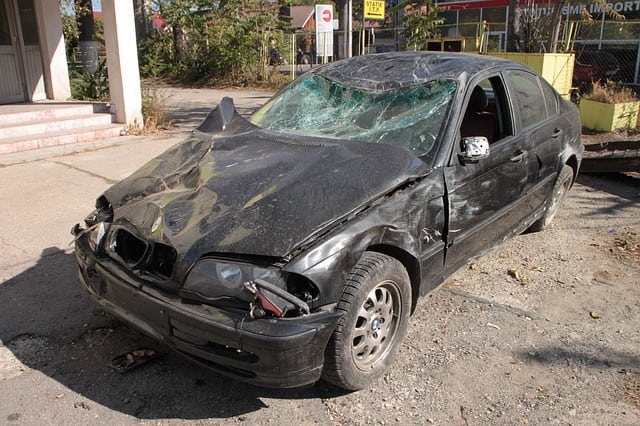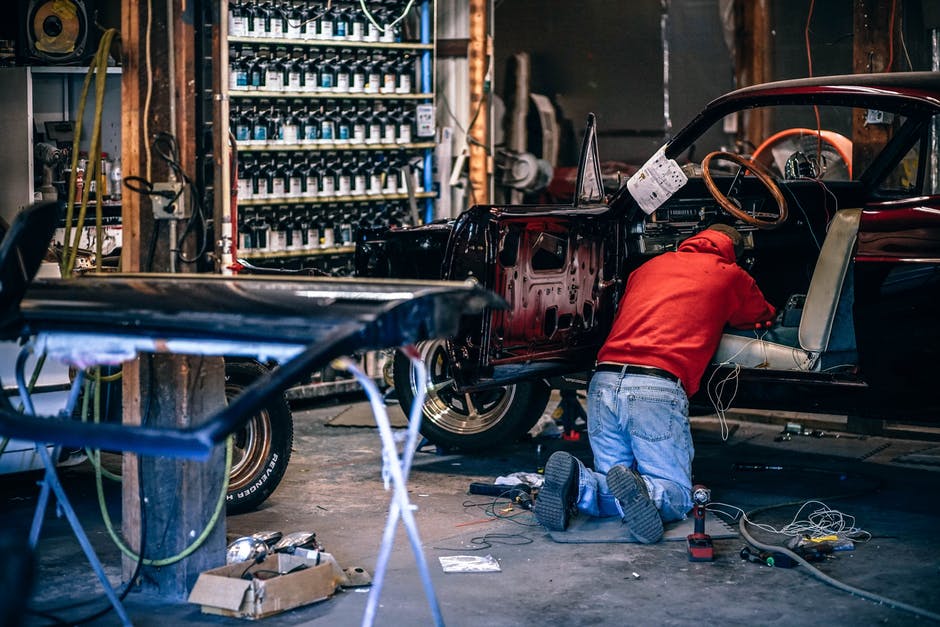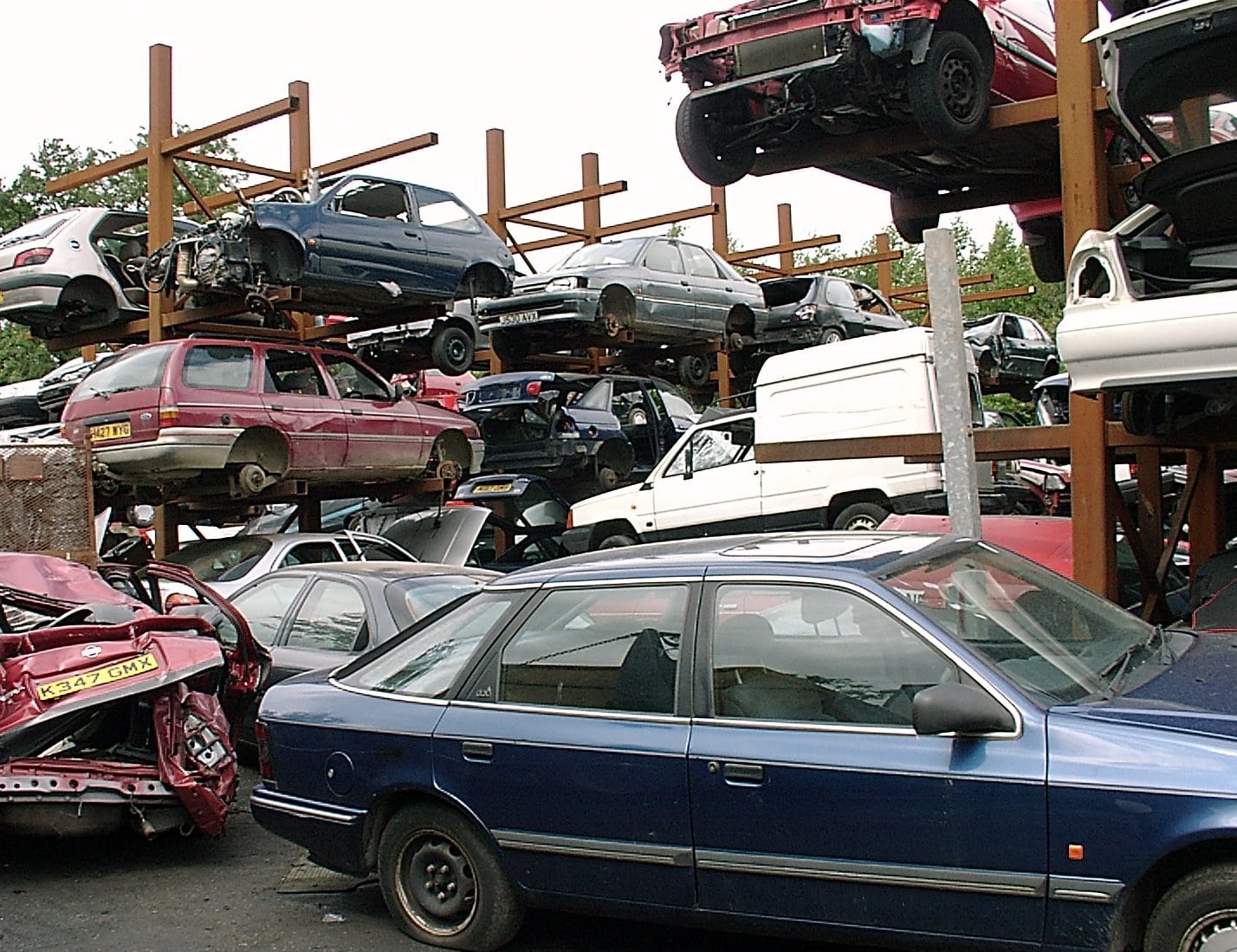Let’s face it: Accidents suck. The chances are high that even if you make it out without a scratch, your car is probably worse for wear. Should you try to repair your vehicle after a collision, or should you junk it and buy a new one?
Let’s take a closer look at some of your options to help you figure out if you can repair your daily driver or should be making a call to your local junkyard.
First, Look at Your Insurance
Whether you repair or junk your car after a crash will largely depend on what kind of accident it was and what type of insurance policy you have. Your insurance company’s liability depends on whether you were determined to be at fault for the accident or not. Unless you live in a no-fault state, you have to prove that the other driver was negligent before your insurance policy will cover any repairs.
Even in no-fault states, your insurance company won’t pay any more than your policy limits. If you’ve got a $5,000 policy and the repairs will cost $10,000, you’re on the hook for the rest of the costs. At the same time, if you aren’t at fault and it’s the other driver’s responsibility to pay, their insurance will only pay up to their policy limits, not yours. If your car costs $10,000 to repair, and they have a $5,000 policy, you’re still going to be paying for more than half of the repairs.
Get an Estimate
Have your car inspected, and get an estimate on the repair costs. This is an excellent time to determine whether your vehicle is totaled and can’t be repaired or if you’ve got a chance to bring your favorite daily driver back to life.
Your insurance company will likely request a professional estimate anyway, so by getting one or more ahead of time, you’re killing two birds with one stone.
If your accident were just a minor fender-bender, the costs would probably be more manageable. Some damage, like minor dents, can be repaired by a professional without even scratching the paint, which will help keep costs down.
Don’t DIY This Time
Even if you’re an accomplished backyard mechanic, some things — like repairing your car after an accident — are best left to the professionals. What looks like a small dent on the outside could be hiding more significant problems. One perfect example, which happened to this writer, was a low-speed rear-end collision that broke a headlight and dented a bumper. The aesthetic damage was repaired professionally. It wasn’t until later that it was discovered this accident had caused enough damage that the steering knuckle on the passenger side was twisted nearly 180 degrees and rubbing against the passenger tire.
The car was unsafe to drive because the rubbing of the steering knuckle could have caused the tire to blow out, and since it wasn’t addressed when the initial claim was made, the repairs cost more than $1,200 out of pocket.
Junk It
The average vehicle will lose a great deal of its preaccident value after a crash. If you’re planning on selling the car later, this can take a big chunk out of your wallet. If the cost of repairs exceeds the value of your vehicle, you have the option to total your car with your insurance company. In that case, the company gives you a check for the current market value of your vehicle and keeps your vehicle.
This is an option, but it should be a last resort if your car can be repaired. Unless you’ve got a brand new car, the payout you receive from the insurance company may not be enough to cover the costs of a new car.
Final Thoughts
No one wants to think about the possibility of getting into an accident, but the fact remains that they do happen. If you walk away from a crash, count yourself lucky. The hassle of getting your car repaired is nothing compared to the pain and expense of medical care.









